Glastonbury’s Terminal 1 is back: ‘Be prepared to be deeply moved and then completely uplifted’
Terminal 1 is an immersive, experiential space designed to deliver a vital message on immigration rights at Glastonbury 2025

First introduced to Glastonbury Festival last year, Terminal 1 is a space designed to encourage conversation within the midst of Worthy Farm’s temple to hedonism. Situated next to the festival’s giant scrap metal sculpture Carhenge, the space operates under the ethos of ‘No Human Is Illegal’, providing a vital commentary on the plight of migrants whilst also promoting the work of a diverse and international community of artists and performers.
Terminal 1 at Glastonbury Festival 2025

Curated by Oriana Garzón and produced by Paula Clark, with Miguel Torres Umba returning as creative consultant and performance director, the central experience within the area is an immersive walk-through – designed to replicate the border control experience of migrants attempting to gain access to the UK.
Attendees are first required to answer a question from the UK citizenship test, with wrong answers sending them to the back of the queue. Those that pass the initial barrier are then sent through three escalating cabins, the first designed like a refugee camp, the second an installation entitled Jungle Gym, conceptualised by Turner Prize-winning artist Mark Wallinger, and the third a harsh confrontation with border police.

'Part of the creative process in the beginning was from my personal experience,' Garzón, who was born in Colombia, explains. 'When I was designing Terminal 1 with our team, I was doing the exam for the UK Leave To Remain, so we took inspiration from that. It’s a very personal space for me. When the sign of Terminal 1 was hung, I was on the phone with the lawyers submitting my papers. It was like a movie; very profound.'
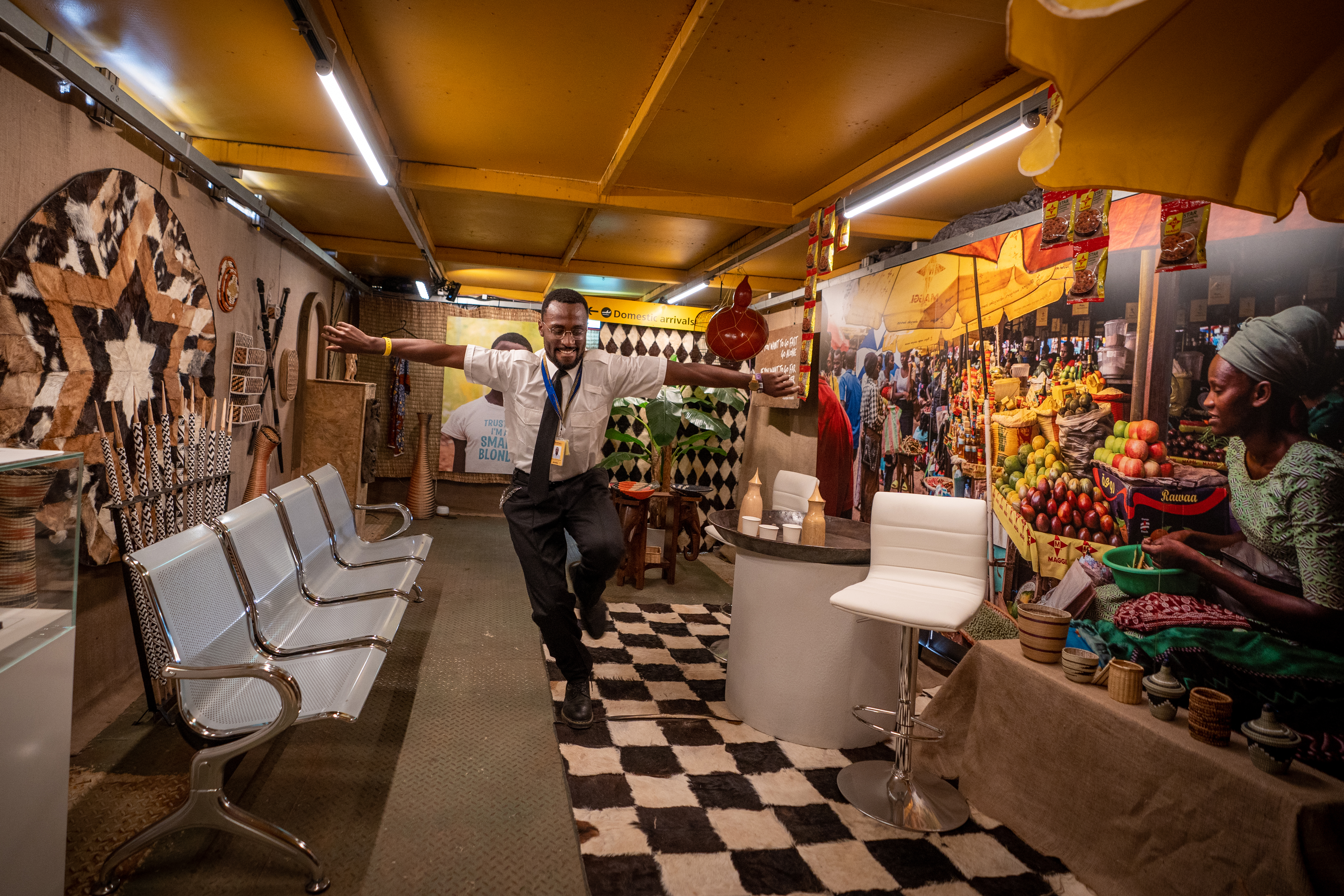
The signage is salvaged from Heathrow Terminal 1, while the bar is adorned with specially commissioned textiles, reimagining the flags of the world in intricate, African fabrics. For his part, Wallinger created Jungle Gym around the idea of play, and how limited the access for migrant children can be to these spaces of innocence.
'I was thinking about the children in all this – the ones that have no say and no power. And at the same time I was thinking about the UN and Unicef, and some bodies of hope that have impact, but also these superpowers that attempt to stymy that at every turn,” he explains. 'The installation binds this vision of childhood and play, with a jungle gym at the centre of it, but the whole thing has been occluded by a maze of chainlink fencing. I wanted to make something that had an ideal of childhood, but then [contrasted by] the actuality for so many people.'
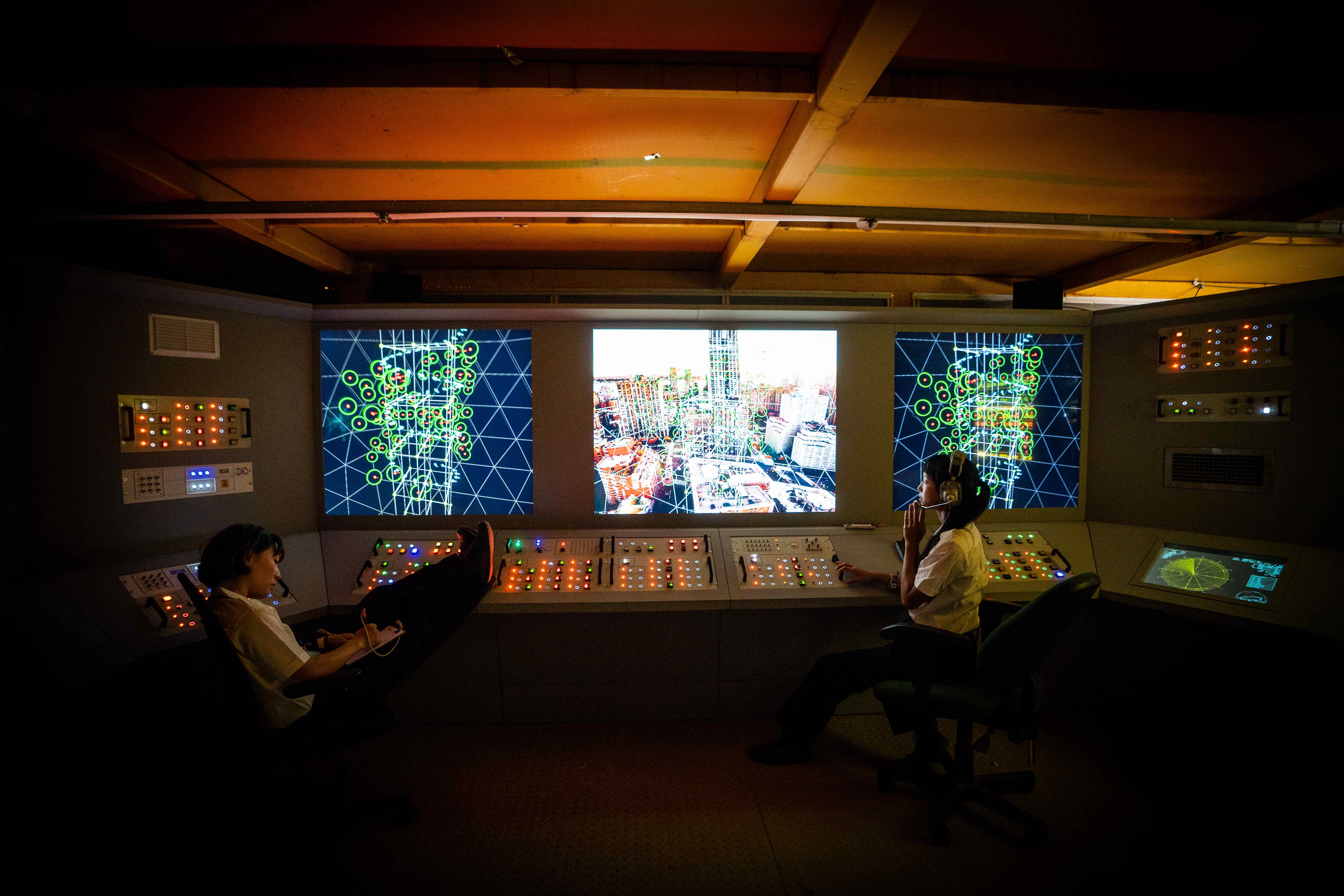
Alongside the installation, Terminal 1 will host live performances across the weekend and is also home to La Linterna – a Colombian print shop that will be live-screenprinting bespoke designs for the festival, as well as selling prints made on its home letterpress machines, which date back to 1860. It’s one of several initiatives across Terminal 1 that make active contributions to improving the lives of the communities they’re working alongside.
Receive our daily digest of inspiration, escapism and design stories from around the world direct to your inbox.
The bar is run by the Cleaners and Workers Alliance Union, while the team have provided ten mentorships giving people from Africa, Pakistan and elsewhere the chance to learn venue management and production.
'Festivals are not just about escape, they’re about possibilities. And it’s rare you have a better canvas than Glastonbury Festival to deliver a message like this,' says Garzón. 'I think Terminal 1 brings another kind of energy to the site and invites critical thinking but emotional engagement too. It’s important we make a space for these kinds of installations at these kinds of festivals. At Terminal 1, you have to be prepared to be deeply moved and then completely uplifted. That’s the experience.'
Lisa Wright is a freelance food, travel and culture journalist who has written for titles such as The Observer, NME, The Forty-Five, ES Magazine and DIY.
-
 Friction-free movements will revolutionise the watch industry – why don't we have them yet?
Friction-free movements will revolutionise the watch industry – why don't we have them yet?Oil is the reason your mechanical watch requires periodic (and expensive) servicing. Finding ways to do without it altogether remains, as it has been since the 1700s, the holy grail of watchmaking
-
 Robert Stone’s new desert house provokes with a radical take on site-specific architecture
Robert Stone’s new desert house provokes with a radical take on site-specific architectureA new desert house in Palm Springs, ‘Dreamer / Lil’ Dreamer’, perfectly exemplifies its architect’s sensibility and unconventional, conceptual approach
-
 Backstage at the Old Vic is all about light, theatre and sustainable action
Backstage at the Old Vic is all about light, theatre and sustainable actionThe theatre's new creative hub by Haworth Tompkins has completed, bringing a distinctly contemporary and colourful addition to the popular theatre space in South London
-
 A bespoke 40m mixed-media dragon is the centrepiece of Glastonbury’s new chill-out area
A bespoke 40m mixed-media dragon is the centrepiece of Glastonbury’s new chill-out areaNew for 2025 is Dragon's Tail – a space to offer some calm within Glastonbury’s late-night area with artwork by Edgar Phillips at its heart
-
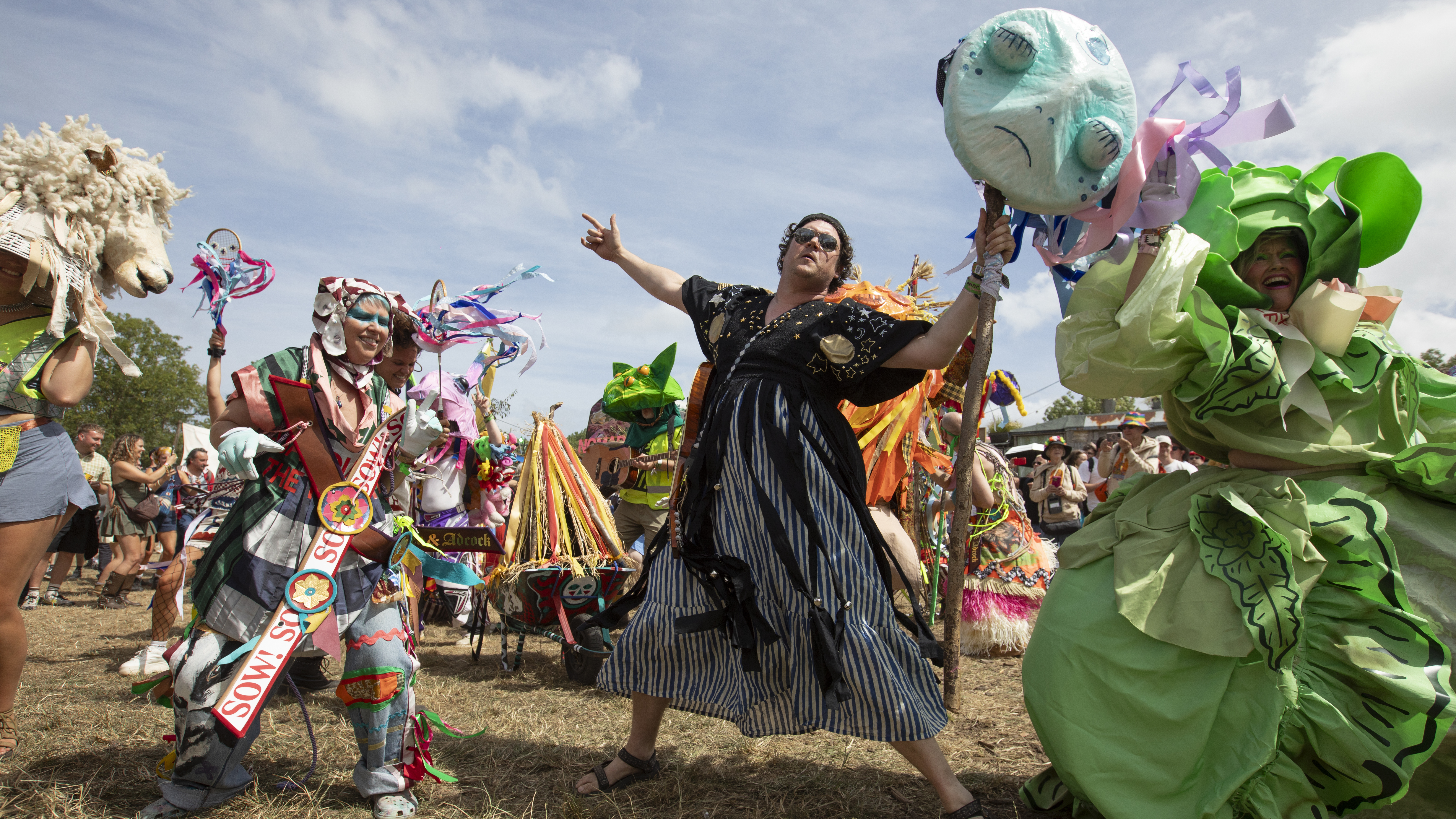 At Glastonbury’s reinvented Shangri-La, everything must grow
At Glastonbury’s reinvented Shangri-La, everything must growWith a new theme for 2025, Glastonbury’s Shangri-La is embracing nature, community and possibility; Lisa Wright is our field agent
-
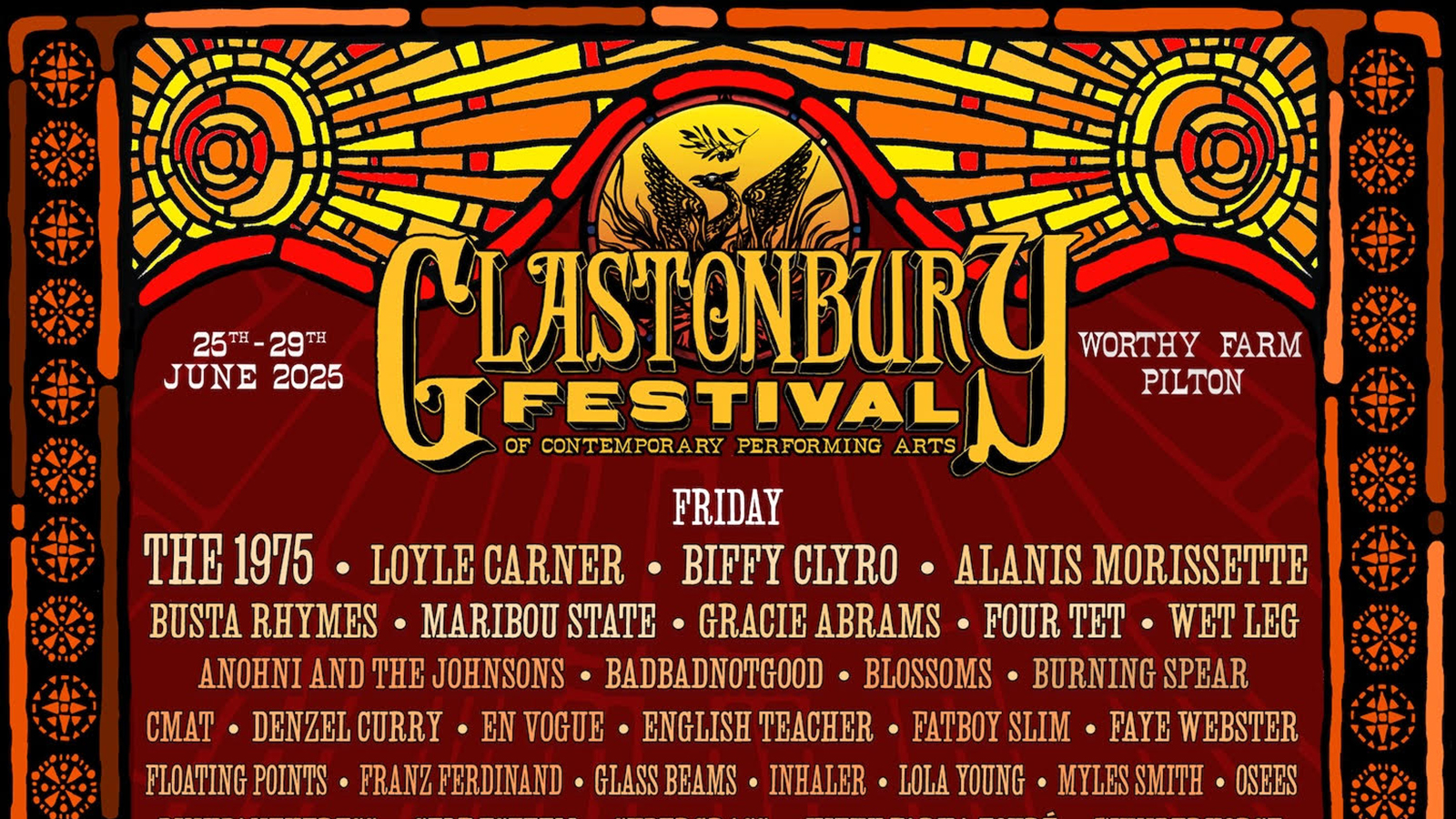 Stanley Donwood on decades of Glastonbury poster design
Stanley Donwood on decades of Glastonbury poster designWhile Glastonbury fans huff and puff over this year's line-up announcement, we talk to the man responsible for designing the festival’s poster, for the last two decades
-
 The story behind Arcadia’s mechanical dragonfly: a Falklands helicopter turned dance stage and Glastonbury’s newest addition
The story behind Arcadia’s mechanical dragonfly: a Falklands helicopter turned dance stage and Glastonbury’s newest additionAt this year’s Glastonbury festival, its newest addition celebrated the earth and the bringing together of people – as well as putting on one hell of a party. Wallpaper* was invited for a tour.
-
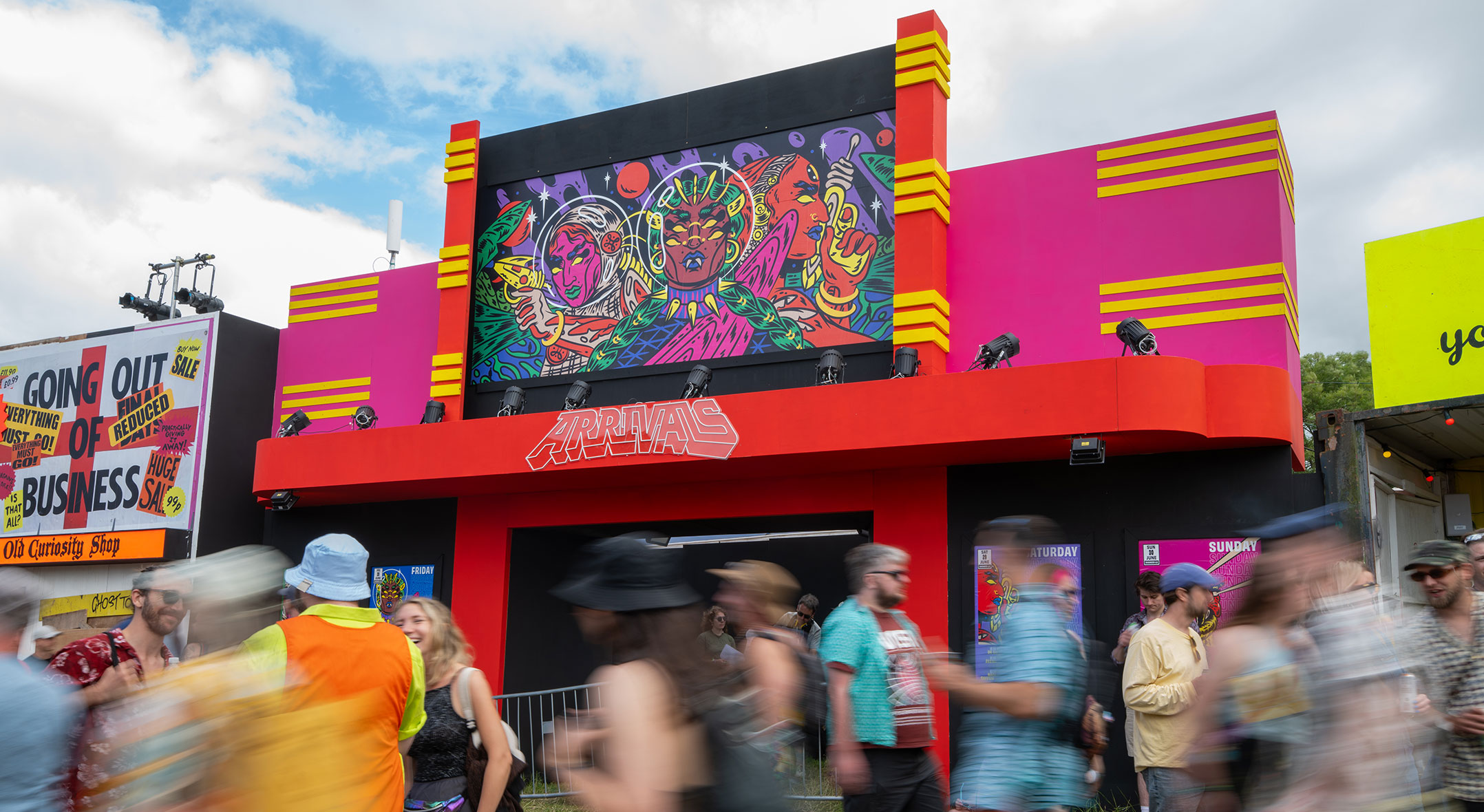 At Glastonbury’s Shangri-La, activism and innovation meet
At Glastonbury’s Shangri-La, activism and innovation meetGlastonbury’s south-east corner is known for its after-dark entertainment but by day, there is a different story to tell